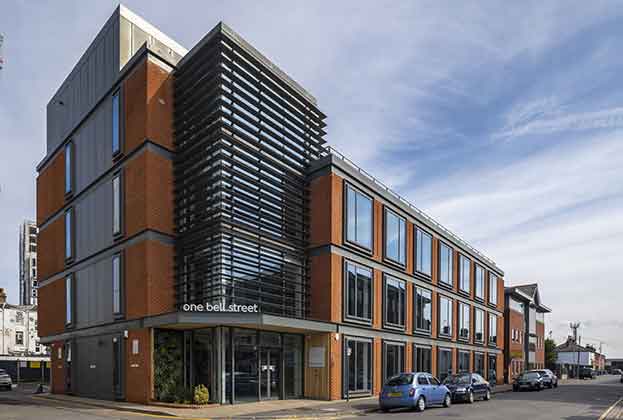For the first few decades of the modern office’s life, it was perceived as somewhere which fulfilled very much a functional role of providing an environment where workers – who were perceived largely as inputs to companies rather than assets in themselves – could simply fulfil their tasks.
Over the past 25 years, however, perceptions have shifted. The rise of knowledge-based businesses, which rely on retaining talent, has driven wider acceptance that the office has to work for people as much as they work within it, and also play a role in facilitating employee productivity.
Greater emphasis has been put on knowledge exchange and collaboration within the office, leading to a dramatic increase in the provision of social and meeting spaces said to help the sharing of ideas and improve employee morale and wellbeing.
Another concurrent shift has been a switch in focus by organisations from concentrating on the isolated cost of the office to efficiency. Technology – particularly the advances made in the past 15 years – has enabled us to work from almost anywhere, at any time, but strangely this has not resulted in a bounce in economic productivity.
Making the workplace more productive will be a key challenge over the next 25 years, but obtaining better data should provide a significant boost to finding a solution. Through advances in technology, buildings will allow us to monitor how they are being used, where the pockets of intensity are, and conversely where are the bottlenecks to productivity.
Perhaps controversially, this could result in a removal of some office social spaces. Noise levels are increasingly having an impact on worker productivity, as our recent What Workers Want survey proved, and it’s untenable that workers should resort to working from home in order to get work done. Advances in materials and technology should hopefully contribute some solutions to this problem, but perhaps we also need to look again at whether today’s office is too dense, or whether more priority needs to be placed on providing quiet, task-based working areas above social areas.
Getting the balance right will be key to the productivity conundrum, and thereby allow us to provide higher performing offices that deliver the best possible value to both their occupiers and investors.
Further information
Read more: '25 Years of the BCO'
.jpg)
.jpg)

.jpg)




.jpg)
.jpg)
.jpg)